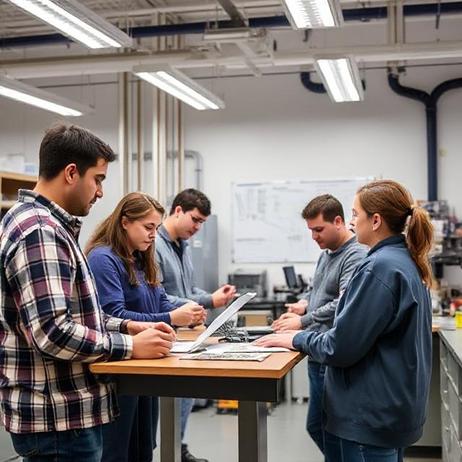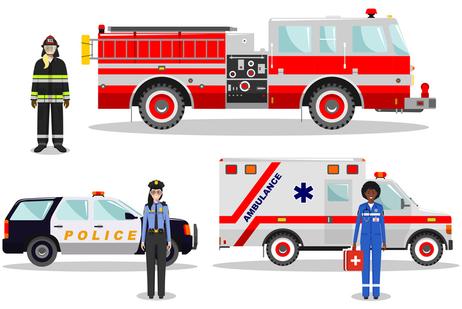How Community Colleges Are Adapting to Workforce Needs
In 2025, community colleges remain vital pillars in the U.S. education and workforce ecosystem. As regional economies shift rapidly, these institutions are adapting to meet workforce needs with new curricula, deeper employer partnerships, and more flexible credentialing models. This article explores how community colleges are evolving in practice, policy, tuition and demographics—and what that means for students, parents and educators seeking pathways to meaningful employment.
The Strategic Role of Community Colleges in Workforce Development
Community colleges, with their open-access missions and local roots, are uniquely positioned to respond to workforce demands. According to a recent article from Community College Daily, more than 1,000 community colleges serve 10.5 million students nationwide and are actively training learners for jobs in manufacturing, bioscience, cybersecurity, IT and health care. Community College Daily
In 2025, one of the most important themes is agility: colleges are not just offering associate degrees, but building rapid-response certificate programs, bridging non-credit and credit credentials, and aligning with employers to reduce time-to-job. The policy and research literature emphasise this shift. For example, a publication from Harvard University’s Project on Workforce (PW) highlights how community colleges use labour-market information (LMI) and student outcomes data to build, modify and sunset programs in alignment with job demand.
Another analysis by Center for American Progress identifies five key strategies these colleges are using to drive workforce development: offering accessible education, aligning programs



















